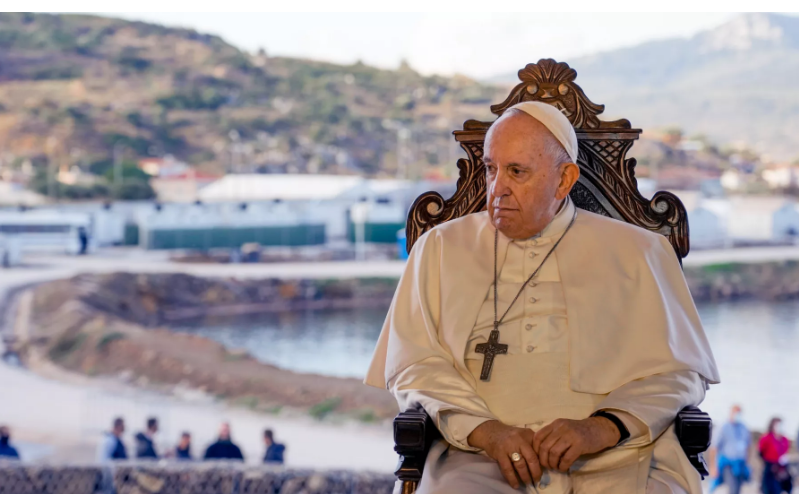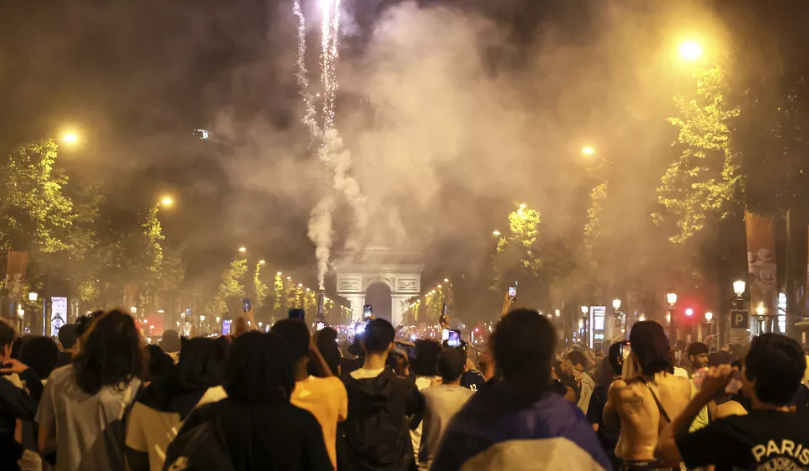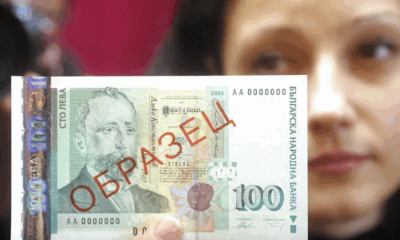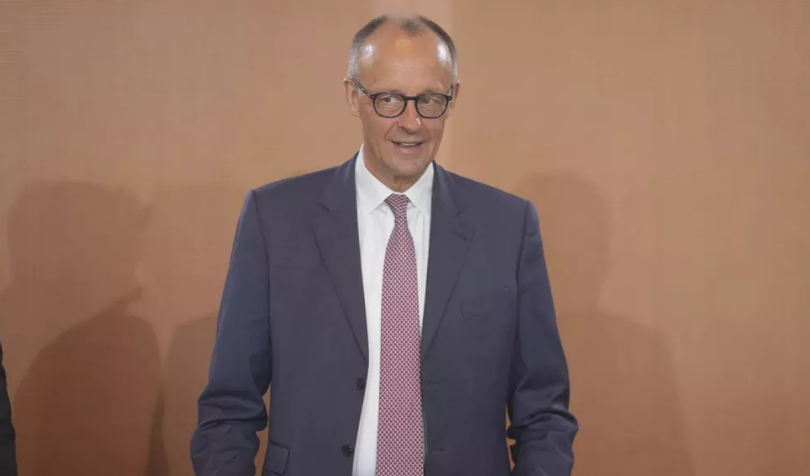News
Vatican Prepares for New Conclave Following Pope Francis’ Death

With the passing of Pope Francis, the Catholic Church is preparing for one of its most significant events: the papal conclave. Following the traditional nine-day mourning period known as the Novendiales, cardinals from around the world will gather in the Sistine Chapel to elect the next pope.
As of January 22, 2025, there are 138 eligible cardinal electors under the age of 80 out of a total of 252 cardinals. These electors will vote up to four times a day in strict secrecy until one candidate secures a two-thirds majority. While conclaves can be brief—such as the one-day election of Pope Pius XII in 1939—they may also be lengthy. Pope Francis was chosen after five ballots over two days in 2013.
This year’s conclave comes after a papacy marked by a clear departure from Francis’ predecessor, Pope Benedict XVI. Francis focused on outreach, humility, and inclusion—an approach that may influence the choice of his successor.
Several potential candidates are being closely watched:
-
Cardinal Pietro Parolin (Italy), 70, currently Vatican Secretary of State, is viewed as a top contender. A skilled diplomat and close Francis ally, he would represent continuity, though in a more reserved style. His involvement in the Vatican’s China deal and his deep ties in Latin America make him a leading candidate.
-
Cardinal Luis Tagle (Philippines), 67, is another strong possibility. A favorite of Pope Francis, Tagle leads the Vatican’s evangelization efforts and symbolizes the Church’s growing shift toward Asia and the Global South.
-
Cardinal Peter Erdo (Hungary), 72, is respected among European bishops and has strong ties with African counterparts. His leadership in the Council of European Episcopal Conferences twice suggests wide support.
-
Cardinal Robert Prevost (USA), 69, born in Chicago with missionary experience in Peru, currently oversees bishop appointments worldwide. Despite traditional hesitations around an American pope, Prevost’s global background could make him a serious contender.
-
Cardinal Marc Ouellet (Canada), 80, though now too old to vote, remains influential. He once led the Vatican’s bishops office and represents a more conservative but pastorally sensitive perspective.
-
Cardinal Reinhard Marx (Germany), 71, is known for pushing reforms in the German church and may face opposition from conservatives.
-
Cardinal Robert Sarah (Guinea), 79, a favorite among traditionalists, has long been seen as a strong African candidate, though his tense relationship with Pope Francis may limit his chances.
-
Cardinal Christoph Schönborn (Austria), 80, a theological heavyweight close to Benedict XVI, has also supported Francis’ reforms—bridging both camps.
As the Church prepares for a new chapter, the conclave’s outcome will determine whether the next pope will continue in Francis’ footsteps or shift toward a more conservative or traditional approach.
News
Two Dead, Nearly 200 Injured as PSG Title Celebrations Turn Violent Across France

What began as jubilant celebrations of Paris Saint-Germain’s historic UEFA Champions League victory ended in violence and tragedy in parts of France, with two people killed and nearly 200 injured during street festivities that spiraled out of control.
Authorities confirmed on Sunday that a 17-year-old boy was fatally stabbed in the southwestern town of Dax during a PSG street gathering, while in Paris, a man died after his scooter was struck by a car amid the crowded celebrations. Both incidents are currently under investigation.
The unrest followed PSG’s dramatic win in Munich, where the club secured its first-ever Champions League title, marking a milestone in French football history. While fans across the country took to the streets to celebrate, several areas descended into violence.
According to the French Interior Ministry, a total of 294 people were arrested nationwide as of 2 a.m. Sunday. Of the nearly 200 injured, 21 were police officers—18 of them in Paris alone. One officer remains in a medically induced coma after being struck in the face by a firework.
Interior Minister Bruno Retailleau condemned the violence in a statement on social media. “True PSG fans are celebrating a magnificent achievement. Meanwhile, barbarians have taken to the streets to commit crimes and provoke law enforcement,” he said. “It is unacceptable that people cannot celebrate without being endangered by a violent minority.”
Despite the unrest, the majority of gatherings were peaceful, authorities noted, with large crowds celebrating the historic win in cities including Marseille, Lyon, and Lille.
The PSG squad returned to Paris from Munich on Sunday afternoon aboard a Qatar Airways charter flight, arriving at 4 p.m. The team is expected to continue celebrations in the capital with tens of thousands of fans, under heightened security measures.
The violent turn of events has reignited debate in France over crowd control during major sporting celebrations, and how best to ensure public safety without dampening national enthusiasm.
PSG’s Champions League triumph marks a defining moment for the club, which has long pursued European glory. As the team prepares for a hero’s welcome, officials are urging fans to celebrate responsibly and respect public safety.
News
Ukraine Launches Major Drone Assault on Russian Airfields, Hits Over 40 Strategic Bombers

Ukraine’s Security Service (SBU) has claimed responsibility for a large-scale drone strike on four Russian air bases over the weekend, targeting dozens of strategic bombers across vast swaths of Russian territory — from Siberia to the Arctic.
According to Ukrainian officials, the operation, codenamed “Spiderweb” (Pavutyna), was launched on June 1 and struck 41 long-range bombers stationed at airfields in Russia’s Ryazan, Ivanovo, Irkutsk, and Murmansk regions. The attack is being hailed by Kyiv as one of its most ambitious and far-reaching strikes since the beginning of Russia’s full-scale invasion.
“Enemy strategic bombers are burning en masse in Russia,” a senior SBU official said, noting that the operation was specifically designed to cripple Moscow’s airstrike capabilities. “This is a large-scale special operation aimed at destroying enemy bomber aircraft.”
The four airfields targeted were Dyagilevo in the Ryazan region, Ivanovo in central Russia, Belaya air base in Irkutsk — over 4,000 kilometers from the front lines — and Olenya air base on the Kola Peninsula near the Arctic, roughly 2,000 kilometers from Ukraine’s border.
Ukrainian officials described the complex logistics of the operation, which involved covertly transporting drones deep into Russian territory, hiding them until the time of launch, and remotely executing the strikes. While specific details remain classified, Ukraine previously revealed it had developed drones with a flight range of up to 3,000 kilometers, enabling long-range operations like this.
Satellite imagery analyzed after the attack shows the presence of several high-value Russian aircraft types at the affected bases, including the Tu-95, Tu-22M3, Tu-160, and A-50 radar planes. These aircraft have been central to Russia’s long-range missile campaign against Ukraine.
The Tu-22M3, for example, is capable of carrying Kh-22 and Kh-32 cruise missiles at speeds exceeding Mach 4. The Tu-95, a Cold War-era bomber once designed to carry nuclear weapons, has been retrofitted to launch conventional cruise missiles. The A-50 aircraft provides airborne radar surveillance and target coordination for Russian forces.
The scale of the strike underscores Ukraine’s growing long-range capabilities and signals a shift in Kyiv’s strategy to disrupt Russian air operations at their source. President Volodymyr Zelenskyy said he had held meetings with the Ministries of Defense and Foreign Affairs, along with the General Staff and SBU, to coordinate further defense and counter-offensive planning.
There has been no immediate official response from Moscow regarding the extent of damage caused.
News
German Chancellor Merz to Meet President Trump in Washington Amid Global Tensions
-

 Business1 year ago
Business1 year agoSaudi Arabia’s Model for Sustainable Aviation Practices
-

 Business1 year ago
Business1 year agoRecent Developments in Small Business Taxes
-

 Politics1 year ago
Politics1 year agoWho was Ebrahim Raisi and his status in Iranian Politics?
-

 Business11 months ago
Business11 months agoCarrectly: Revolutionizing Car Care in Chicago
-

 Business11 months ago
Business11 months agoSaudi Arabia: Foreign Direct Investment Rises by 5.6% in Q1
-

 Technology1 year ago
Technology1 year agoComparing Apple Vision Pro and Meta Quest 3
-

 Politics1 year ago
Politics1 year agoIndonesia and Malaysia Call for Israel’s Compliance with ICJ Ruling on Gaza Offensive
-

 Sports10 months ago
Sports10 months agoKeely Hodgkinson Wins Britain’s First Athletics Gold at Paris Olympics in 800m




























